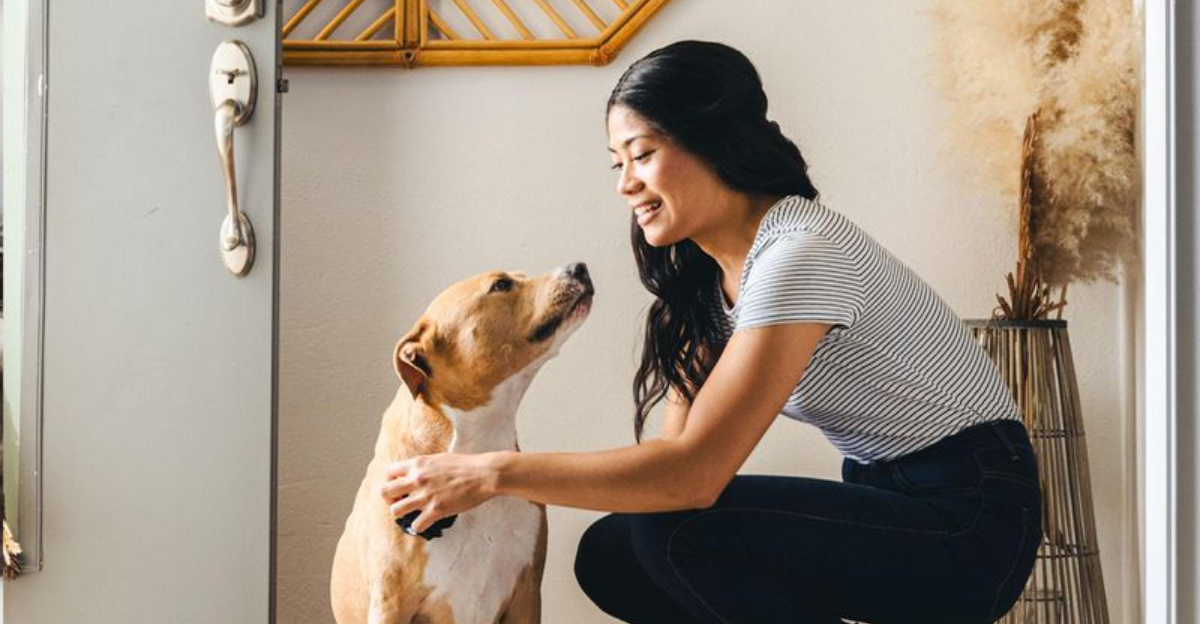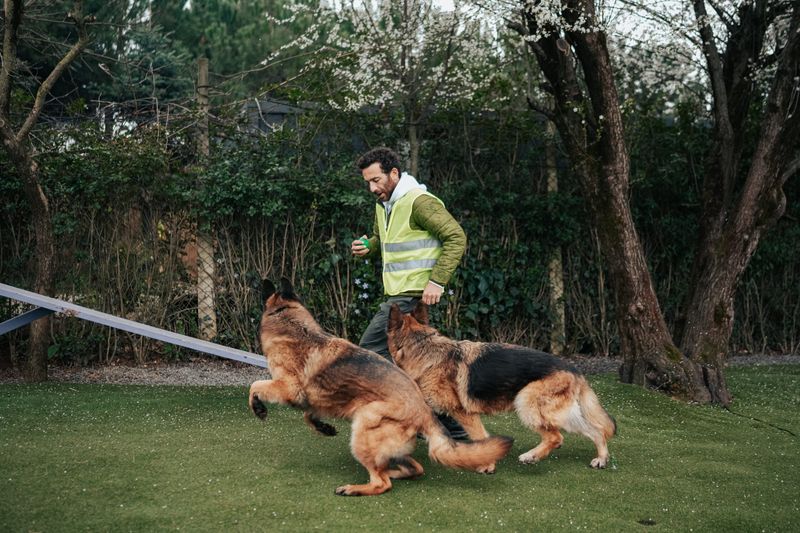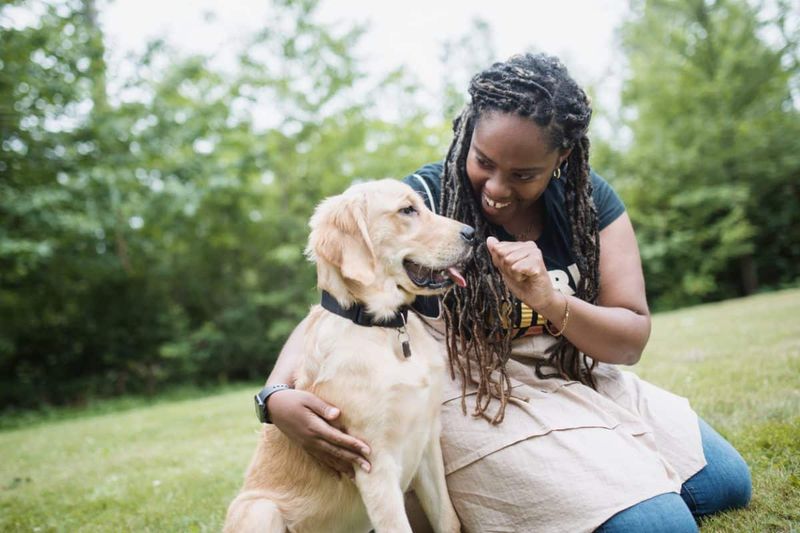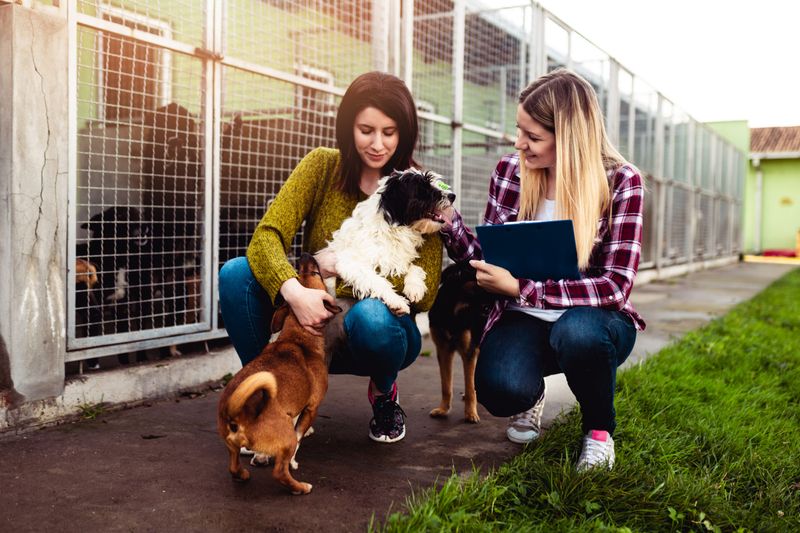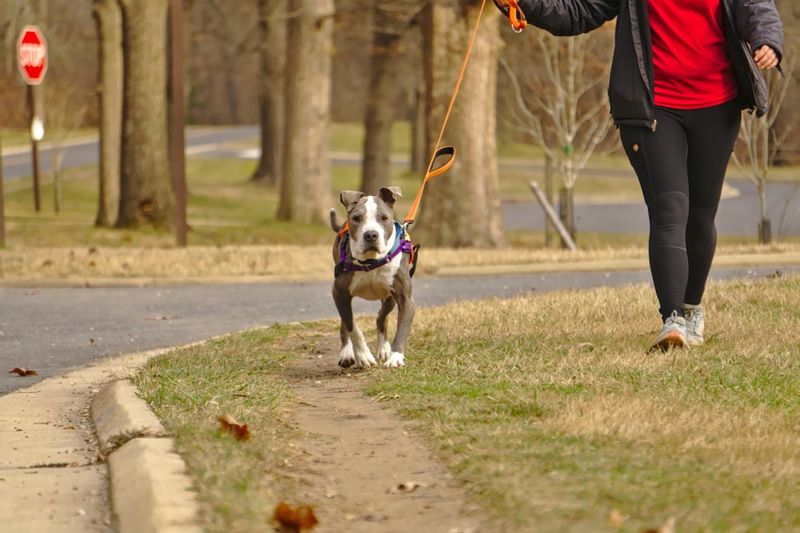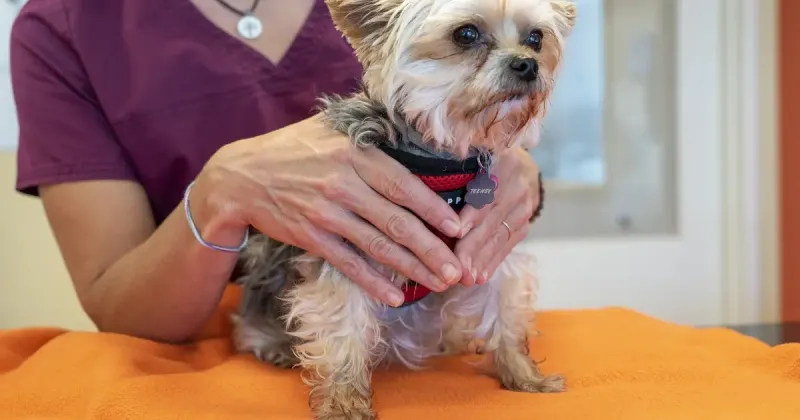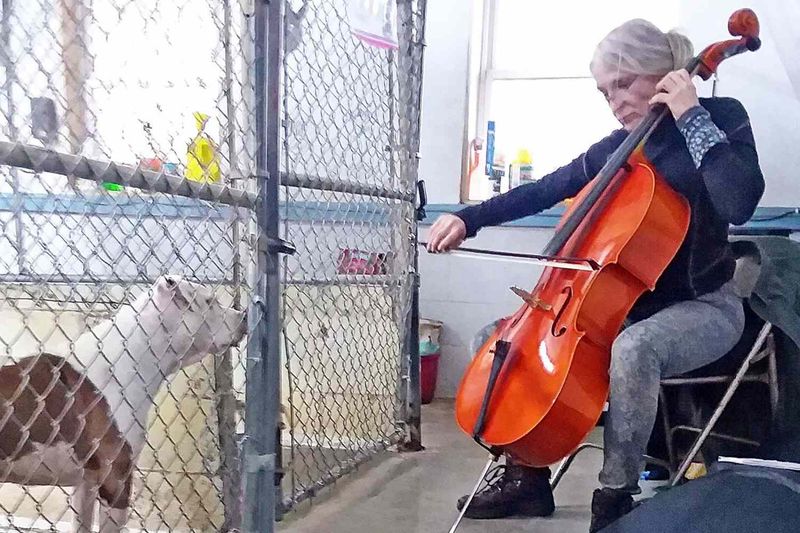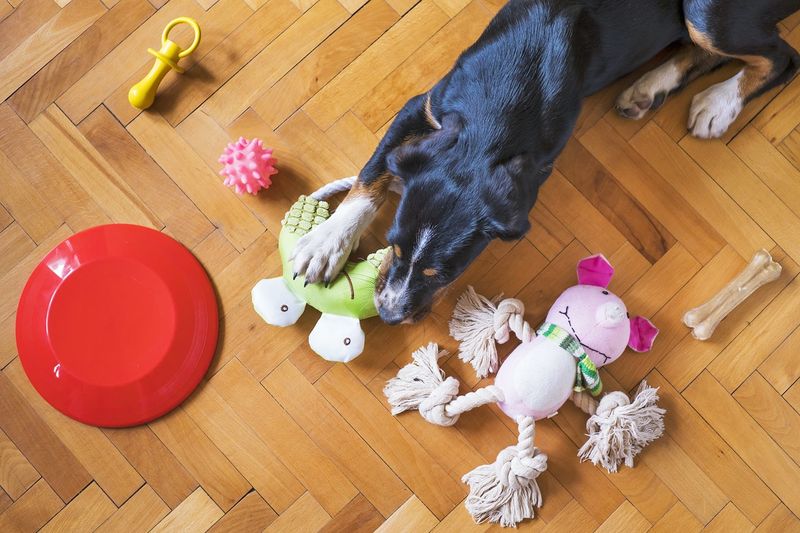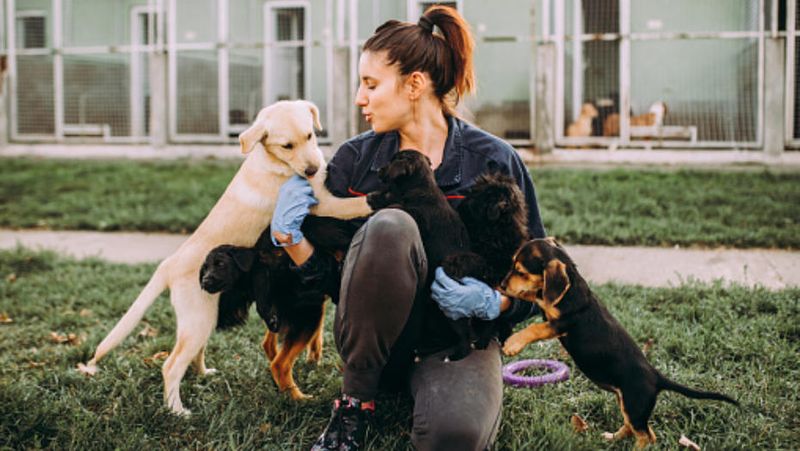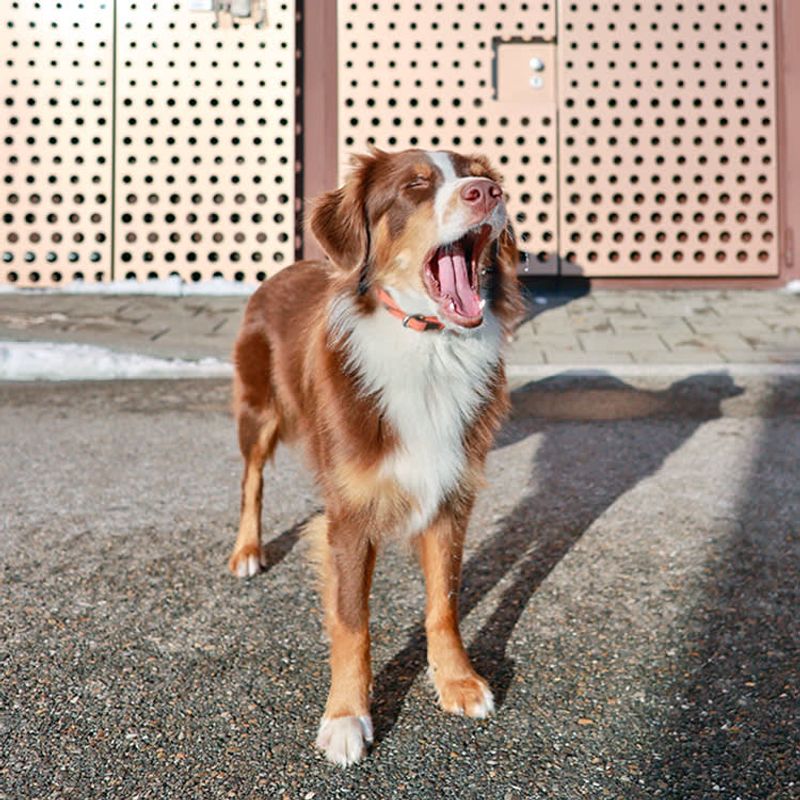Creating a sense of safety and value for shelter dogs is essential to their wellbeing. These 14 actions can significantly impact their lives, ensuring they feel loved and cared for.
Consistent Routine
Establishing a consistent routine gives shelter dogs a sense of stability. Knowing what to expect reduces anxiety and builds confidence. Regular feeding times, walks, and play sessions are essential components.
A predictable schedule helps the dog adjust to their new environment. This familiarity with daily patterns provides comfort, showing them that their needs will be met reliably.
Consistency in routine supports both physical and emotional wellbeing, reinforcing the dog’s sense of security. Over time, this structure helps them thrive, making them more adaptable and open to new experiences.
Comfortable Bedding
Providing comfortable bedding is crucial for a shelter dog’s comfort. A soft, inviting bed offers a refuge where they can relax and feel secure. It acts as their personal sanctuary amidst the bustling environment.
Blankets and familiar textures add to the sense of safety and warmth. This comfort is particularly important for dogs who may have experienced hardship or stress.
A well-cared-for sleeping area signifies to the dog that they are valued and cared for. Over time, this simple provision enhances their sense of belonging and contentment, making it easier for them to relax.
Positive Reinforcement
Positive reinforcement is a powerful tool in building a shelter dog’s confidence. Rewarding desired behaviors with treats or praise encourages them to repeat these actions.
This technique builds trust and understanding between the dog and their caregivers. It helps in overcoming past fears and hesitations, providing a pathway to open communication.
Training sessions using positive reinforcement not only teach valuable skills but also demonstrate affection and respect. Celebrating small victories together strengthens the bond and shows the dog they are appreciated.
Patient Socialization
Socializing shelter dogs should be approached with patience. Introducing them to new dogs and people gradually helps manage their stress levels.
Supervised interactions in controlled environments foster positive experiences, boosting confidence. These encounters teach dogs how to communicate and behave appropriately, preparing them for adoption.
Successful socialization reduces anxiety in unfamiliar situations. It allows shelter dogs to develop their social skills in a supportive manner, contributing to their overall happiness and adaptability.
Gentle Greeting
Approaching a shelter dog requires patience and sensitivity. A gentle greeting sets the tone for trust. Begin by lowering yourself to the dog’s eye level, offering a hand for them to sniff. This non-threatening approach eases anxiety.
A calm voice and relaxed body language are crucial. These signals reassure the dog of your friendly intentions. Allow the dog to approach you at their own pace, respecting their space.
Such mindful interactions foster trust and confidence in the dog, laying the foundation for a strong bond. These initial moments can transform a shelter dog’s experience.
Regular Exercise
Regular exercise is vital for a shelter dog’s physical and mental health. Walks, playtime, and other activities release pent-up energy, helping to alleviate stress.
Exercise offers an opportunity for bonding with humans, strengthening their relationship. It also provides mental stimulation, keeping the dog engaged and satisfied.
Consistent physical activity contributes to a dog’s overall wellbeing, reducing behavioral issues linked to boredom or anxiety. This commitment to their health shows the dog that they are cherished and cared for, enhancing their quality of life.
Safe Space
Creating a safe space within the shelter allows dogs to retreat and relax. This area serves as a haven where they can feel secure, away from the noise of the shelter.
Personal space is essential for dogs to decompress and recharge. It helps them manage stress and provides a sense of control over their environment.
By designating a specific spot for each dog, the shelter communicates that their comfort is a priority. This thoughtful gesture reinforces their sense of safety and helps them adjust more quickly to their surroundings.
Gentle Handling
Gentle handling is key to building a shelter dog’s trust. Whether grooming or veterinary check-ups, handling should be calm and reassuring.
Soft touches and a soothing voice help the dog remain relaxed and cooperative during interactions. This approach reduces stress associated with physical contact.
By showing sensitivity to the dog’s comfort levels, caregivers demonstrate care and respect. Such handling techniques contribute significantly to the dog’s overall sense of safety and wellbeing, enhancing their experience in the shelter.
Interactive Play
Interactive play is essential for a shelter dog’s happiness and development. Engaging in games like fetch or tug-of-war provides both mental and physical stimulation.
Play is a natural way for dogs to bond with humans, building trust and affection. It offers an outlet for the dog’s energy and creativity, crucial for their emotional health.
Regular interactive sessions help alleviate boredom and anxiety, promoting a positive outlook. This joyful engagement assures the dog of their value and importance, reinforcing their sense of belonging.
Calming Music
Playing calming music in shelters can significantly soothe anxious dogs. Soft tunes create a serene atmosphere, reducing stress levels and promoting relaxation.
Music therapy has been shown to lower heart rates and anxiety in dogs. It provides a comforting background that masks unsettling noises from the shelter.
Introducing calming music as part of daily care routines highlights the shelter’s commitment to the emotional wellbeing of its residents. This thoughtful addition aids in creating a more peaceful and inviting space for dogs to thrive.
Enrichment Toys
Enrichment toys play a pivotal role in a shelter dog’s mental stimulation. Toys that challenge their problem-solving skills keep them engaged and entertained.
Puzzle feeders, treat-dispensing toys, and chewables cater to their natural instincts, promoting healthy behaviors. These toys offer a productive outlet for energy and curiosity.
Providing enrichment toys signals that the dog’s happiness and development are priorities. This investment in their mental health fosters a stimulating environment, reducing stress and encouraging positive interactions with humans and other animals.
Slow Introductions
Introducing a new dog to the shelter environment should be done gradually. Slow introductions to other dogs and people prevent overwhelming experiences.
Controlled settings allow the new dog to explore at their own pace, ensuring they feel secure. This method reduces the risk of negative encounters and promotes positive first impressions.
By taking the time for slow introductions, shelters show respect for the dog’s comfort and needs. This thoughtful approach facilitates smoother transitions and builds trust, contributing to a harmonious environment.
Consistent Companionship
Consistent companionship is vital for a shelter dog’s emotional health. Regular visits from a familiar person provide stability and comfort.
This bond develops through shared activities and quality time, reinforcing trust and affection. It assures the dog that they are cherished and not forgotten.
Knowing they have a constant friend in the shelter instills confidence and optimism. This companionship supports their journey towards finding a forever home, showing them they are loved and valued every step of the way.
Understanding Body Language
Understanding a shelter dog’s body language is crucial for their care. Recognizing signs of stress or comfort allows for better interactions.
Tail wagging, ear positions, and posture provide insight into the dog’s emotions. This knowledge helps in tailoring approaches to suit the dog’s needs.
By learning to read body language, caregivers can respond appropriately, ensuring the dog feels understood and respected. This empathy fosters a trusting relationship, enhancing the dog’s experience in the shelter and paving the way for successful adoptions.
